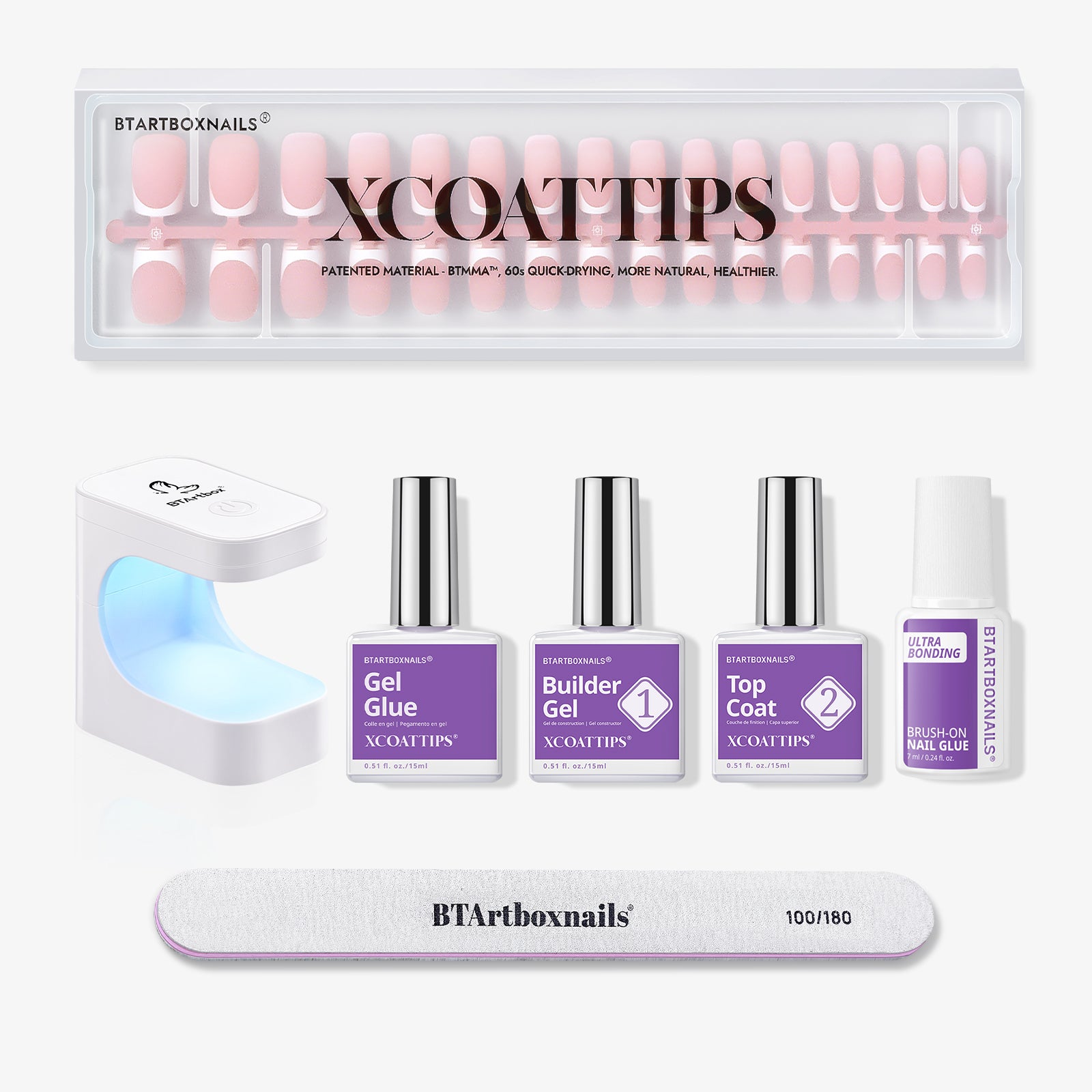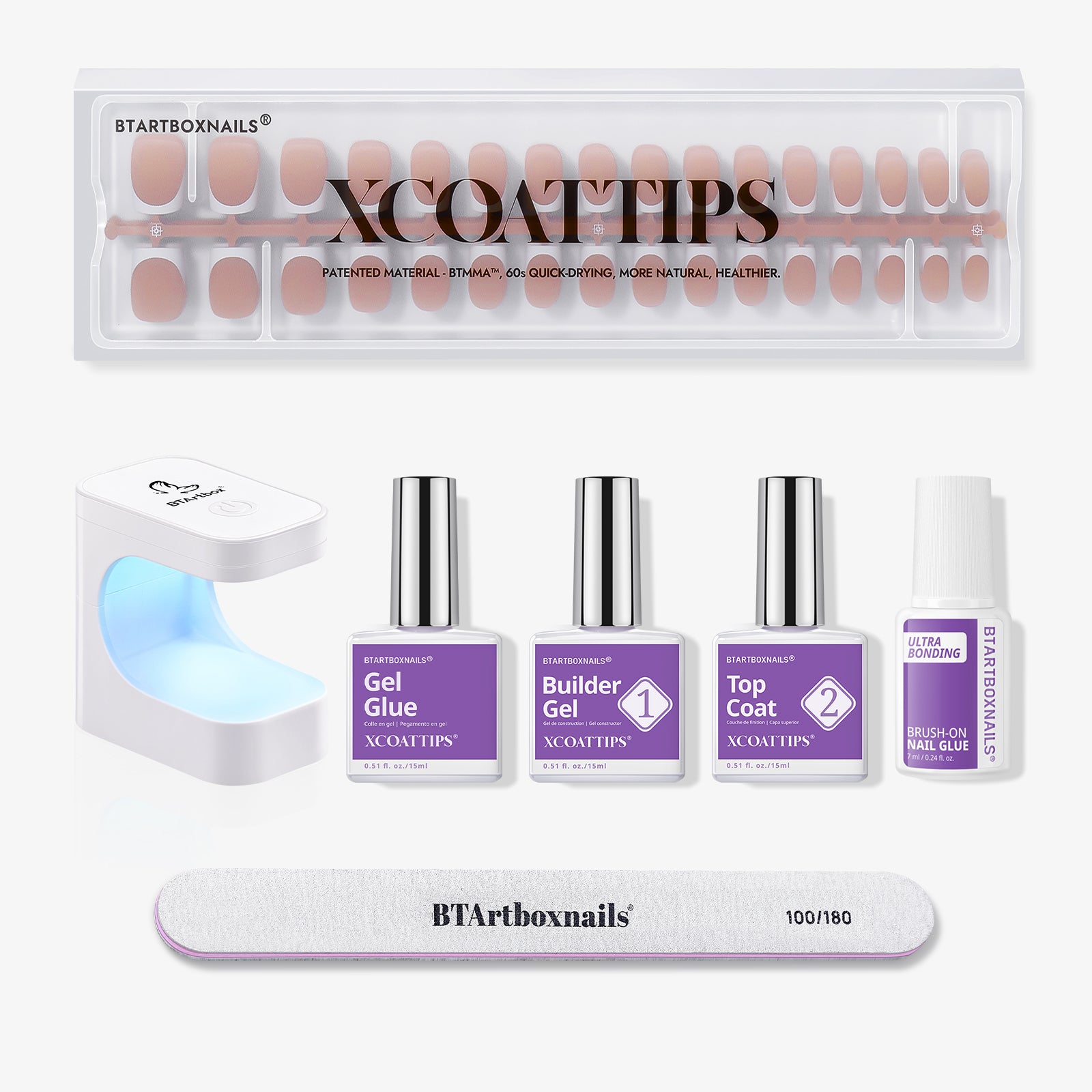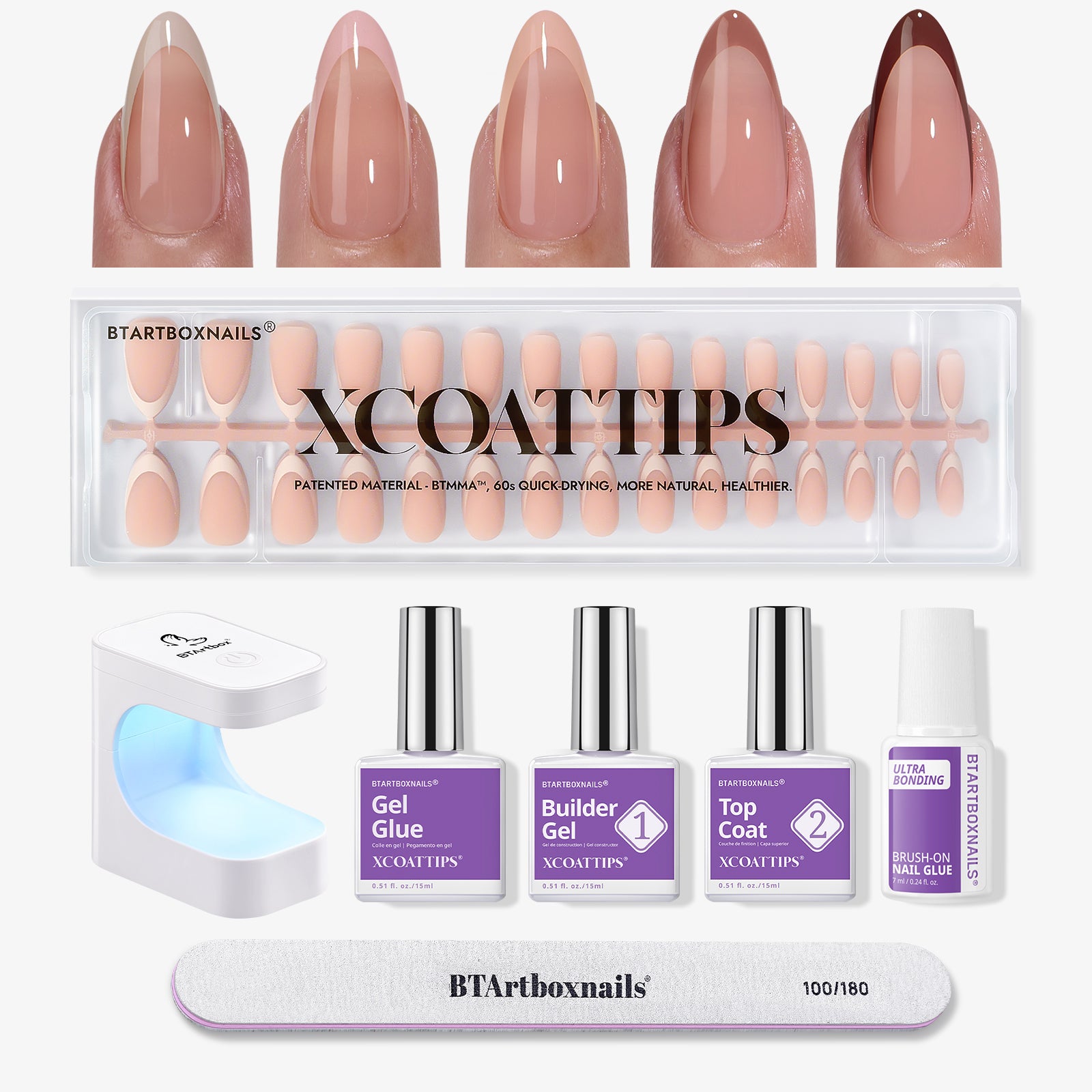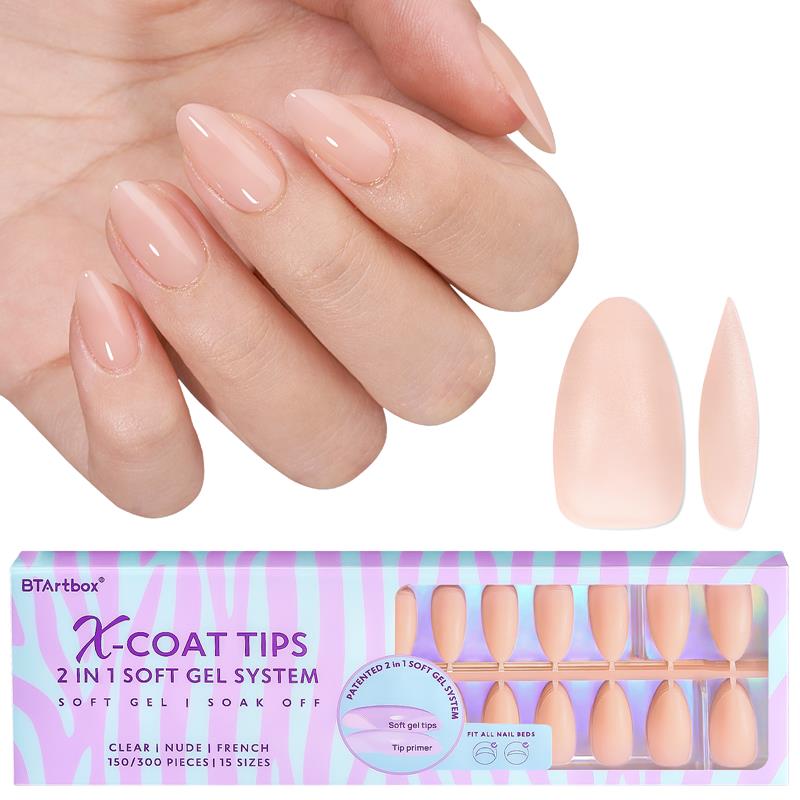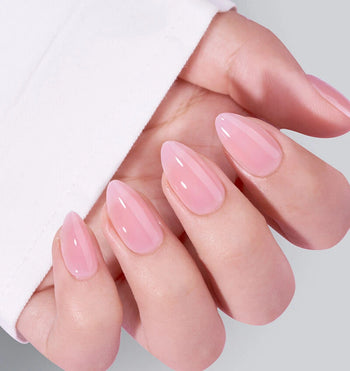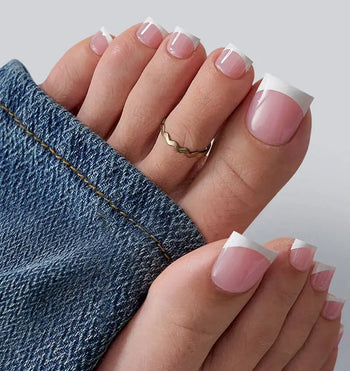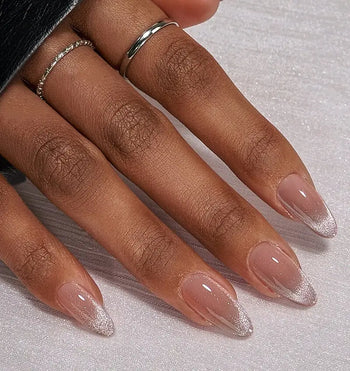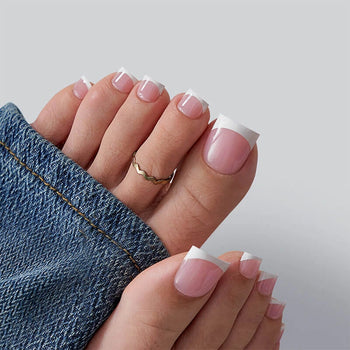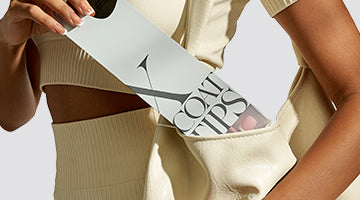How to clean under nails effectively is a skill everyone needs but few master. That dark line of dirt beneath your otherwise perfect manicure isn't just unsightly—it's a breeding ground for bacteria that can affect your health and hygiene.
Whether you're prepping for a special event, work in healthcare, or simply value clean hands, these five proven methods will transform your nail hygiene routine. No expensive products required—just simple, practical techniques you can implement today for noticeably cleaner nails in minutes.
Upgrade your nail hygiene with professional-quality tools! Our Nail Tools Collection includes specialized brushes designed for effective under-nail cleaning without damage.
Tip 1: Proper Hand Washing Technique

Washing your hands properly forms the foundation of clean nails. The right water temperature and soap choice help remove dirt and germs from under your nails.
The Right Water Temperature
Check the water temperature before washing. Lukewarm water works best for nail cleaning because it loosens dirt without harming your skin. Hot water can dry out your hands and make nails brittle.
Wet your hands completely before applying soap. Let water run over your fingertips with nails pointing downward, so water flows under your nails and flushes out loose particles.
After soaping up, wash your hands for at least 15-30 seconds. Rinse from fingers down to wrists, keeping your hands angled downward so dirty water doesn't run back under your nails.
Best Soaps for Nail Hygiene
Dish soap works well for nail cleaning. It cuts through grease and oil, removing stubborn dirt under nails.
Antibacterial soaps provide extra protection. Pump 3-5 mL into your palm and work up a good lather, making sure the soap reaches all surfaces of your hands, including under your nails.
After washing, let excess water drip into the sink and pat dry with a clean towel.
Tip 2: Using Nail Brushes Effectively
Nail brushes help keep the area under your nails clean. They offer convenience and effectiveness when used as part of your regular nail care routine.
Choosing the Right Nail Brush
Choose a nail brush with soft to medium-firm bristles that won't damage your nail bed. Small brushes with ergonomic handles are easier to maneuver around your nails.
Dedicated nail brushes are ideal, but a new, unused toothbrush works in a pinch. Consider keeping separate brushes for daily maintenance and deep cleaning.
Natural bristle brushes provide gentle cleaning, while synthetic ones are more durable and dry faster. If you have sensitive skin or fragile nails, use brushes with extra-soft bristles.
Proper Brushing Technique

Wet your brush with warm water and add a small amount of antibacterial soap or hand wash. Hold the brush at a 45-degree angle toward your fingertips.
Use short side-to-side motions to avoid pushing dirt further under your nails. Apply gentle pressure to clean effectively without damaging your nails or cuticles.
For stubborn dirt, use a baking soda and water paste on your brush. After brushing, rinse your nails thoroughly with clean water and dry your hands with a soft washcloth.
Rinse your nail brush after each use and let it air dry with bristles facing down. Replace your brush every 3-4 months for good hygiene.
Tip 3: DIY Solutions for Stubborn Dirt
Sometimes soap and water don't remove stubborn dirt under your nails. These household ingredients make effective cleaning solutions without harsh chemicals.
Lemon Juice Method
Lemon juice cleans nails well because of its natural acidity. Cut a lemon in half, squeeze the juice into a bowl, and soak your fingertips for 5-10 minutes. The acid breaks down stubborn dirt and helps kill bacteria.
After soaking, use a soft brush to gently scrub under your nails. The loosened dirt comes away more easily.
Lemon juice can also brighten yellowed nails and remove stains. If you have cuts, dilute the lemon juice with water to prevent stinging.
Rinse thoroughly with warm water afterward and apply moisturizer, as lemon juice can dry your skin.
Baking Soda Paste Technique
Baking soda forms a gentle abrasive paste that removes stubborn grime. Mix 1 tablespoon of baking soda with enough water to make a thick paste.
Apply the paste under your nails with an orange stick or old toothbrush. Let it sit for 1-2 minutes.
Gently scrub in circular motions, focusing on the undersides of your nails.
For extra cleaning power, add a few drops of hydrogen peroxide to your baking soda paste.
Rinse thoroughly with warm water when finished. Your nails will be noticeably cleaner without harsh chemicals.
Ready to show off those spotlessly clean nails? Our Ferrari Red Nails Collection makes the perfect bold statement after your cleaning routine. Pristine nails deserve stunning color!
Tip 4: Tools for Precise Cleaning

The right tools make nail cleaning easier and more effective. Specialized instruments help you reach difficult spots without damaging your nails or skin.
Safe Use of Wooden Orange Sticks
Orange sticks are wooden tools with pointed or angled tips for nail care. They remove dirt without scratching the sensitive skin under your nails.
Gently press the flat or pointed end under your nail and slide it from one side to the other to push out dirt. Never dig aggressively, as this can damage the nail bed.
Use orange sticks after washing your hands when the dirt has softened. Replace wooden orange sticks regularly as they can harbor bacteria.
You can wrap the end of your orange stick with a small piece of cotton for gentler cleaning, especially for sensitive nails.
Alternatives to Metal Tools
Metal tools can scratch under your nail and cause infections. Safer alternatives include cuticle pushers with rubber tips and soft-bristled nail brushes.
A nail brush works well during regular hand washing. Scrub underneath your nails with gentle pressure while washing your hands with soap.
Cuticle pushers with rubber or silicone tips offer precision without the harshness of metal tools. They're especially useful for longer nails.
If you don't have a nail brush, use a soft toothbrush dedicated to nail cleaning. The bristles reach under nails without causing damage.
Always clean your tools after each use with soap and water or alcohol to prevent bacterial growth.
Tip 5: Preventative Maintenance
Keeping your nails clean is easier when you prevent dirt from building up. Good habits and regular maintenance reduce the need for deep cleaning.
Regular Nail Trimming Benefits
Short nails collect less dirt. Trim your nails every 1-2 weeks with proper nail clippers. When nails extend beyond your fingertips, they create more space for dirt to hide.
Trimming also prevents nails from breaking, which can create jagged edges where dirt gets trapped. File your nails after trimming to smooth any rough edges.
Consistent nail care reduces the risk of infection. When nails are kept at an appropriate length, bacteria have fewer places to multiply.
Pro tip: Trim nails when they're dry, not wet, for a cleaner cut. Always cut straight across to avoid ingrown nails.
Protective Measures During Messy Activities
Wear gloves when doing activities that expose your hands to dirt, such as:
- Gardening
- Cleaning with harsh chemicals
- Working on cars or machinery
- Cooking with ingredients that stain (like beets or turmeric)
Rubber gloves offer excellent protection for household chores, while cotton-lined versions prevent your hands from getting sweaty.
Before removing gloves, rinse them under running water to wash away surface dirt that might get under your nails during removal.
If you don't have gloves, scrape a bar of soap with your nails before messy work. This creates a barrier that helps prevent dirt from sticking underneath.
After finishing dirty tasks, wash your hands right away.
Looking for a clean, fresh look to complement your newly spotless nails? Our Summer Minimalist Nails Collection offers elegant designs that highlight your immaculate nail care routine!
Conclusion: How To Clean Under Your Nails
Clean nails aren't just about appearances—they're essential for your overall health and hygiene. With these five effective cleaning techniques, you'll banish dirt and bacteria while protecting your nails from damage.
Make these quick methods part of your regular routine for consistently clean, healthy nails. Ready to showcase those perfectly clean nails with some creative art? Check out our guide to the best nail art tools and take your manicure to the next level!
Frequently Asked Questions: How To Clean Under Your Nails
What is the best way to clean under your fingernails?
Use a soft nail brush with soap and warm water. Soak hands first to soften stubborn debris. Dish soap works best as it cuts through oils.
Why do the underside of my nails get dirty?
Nails collect particles throughout the day. The space between nail and fingertip traps dirt and bacteria. Longer nails accumulate more debris.
How do you clean under fake nails?
Soak in warm soapy water to loosen debris. Use a soft bristle brush with gentle motions. Try an orange stick wrapped in alcohol-soaked cotton for precision.
How to remove dirt from under toenails?
Soak feet in warm soapy water for 10 minutes. Use a dedicated toenail brush with firm bristles. Add tea tree oil to eliminate bacteria.
